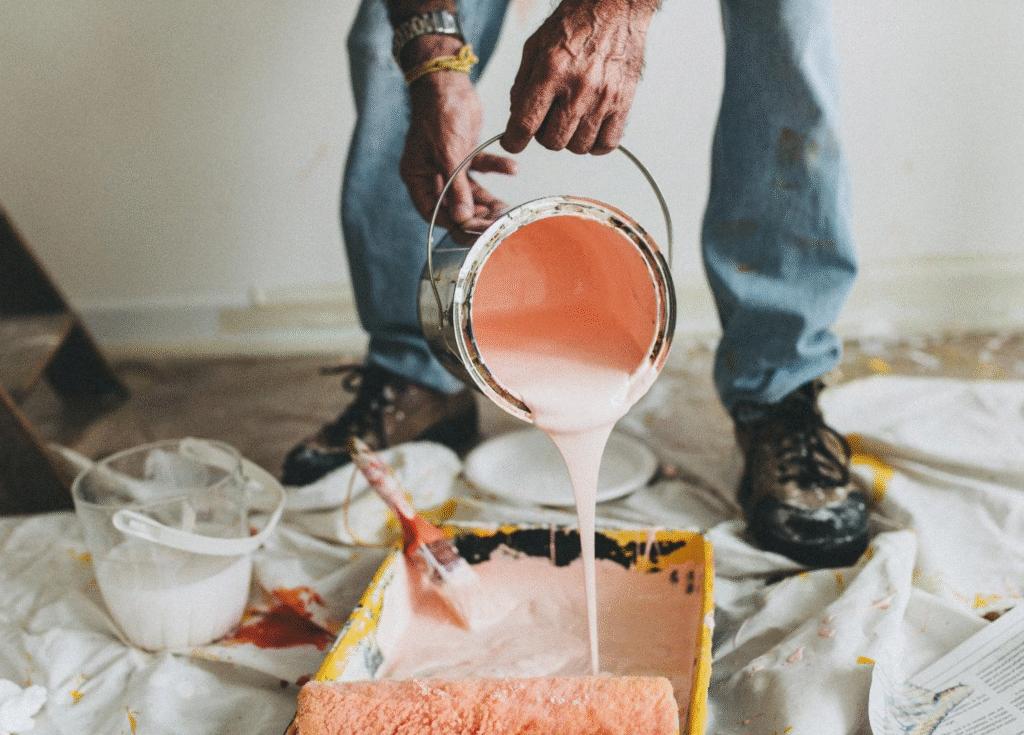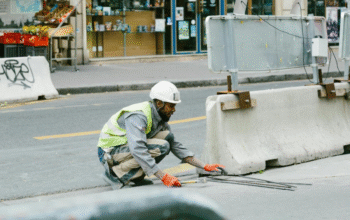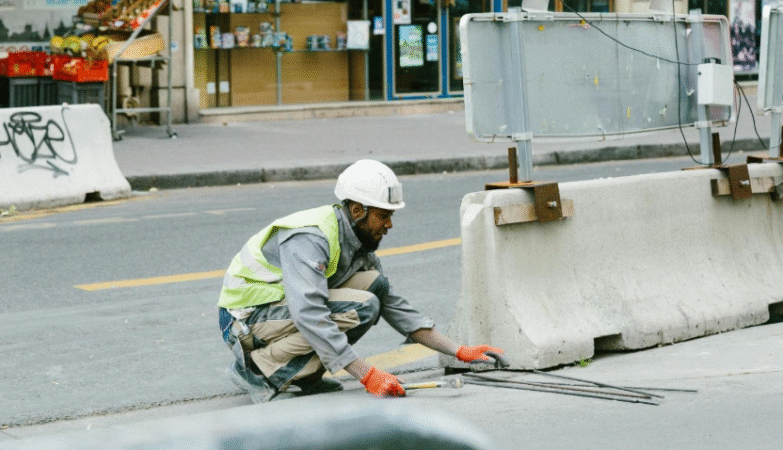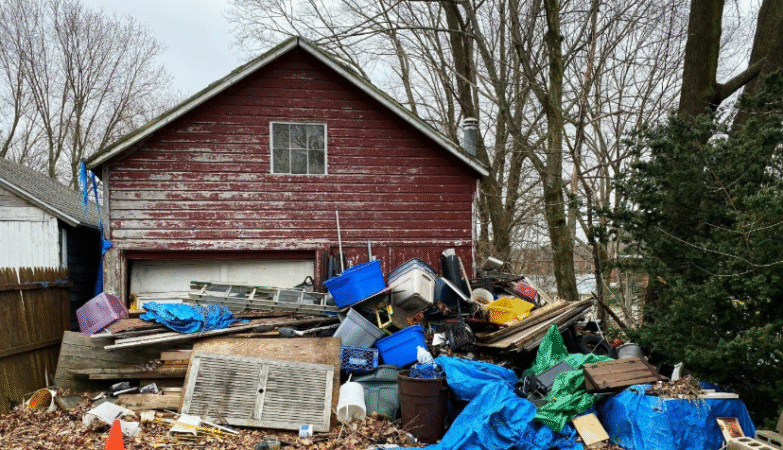A quality paint contractors job will change a space, but you don’t want scuffs, dust, or sticky tape residue to remain. When you bring professionals into your home or business, you want to be assured that your floors, furniture, and fixtures are going to be protected. Companies like Hatter Painters take care of every step – from prep to clean-up – so you can worry about the outcome, not the mess. These are some of the ways that the pros protect your space while providing smooth durable finishes whether it is for interior painting or exterior painting projects.
Do Paint Contractors Move Furniture for You?
Most professional crews will, as a minimum, help to move the big items to get safely to the walls and ceilings. You would usually be asked to move little décor, fragile items, and personal electronics well in advance. This clears pathways, speeds set-up, and prevents accidental damage.
Prior to the start of any removal, teams will map out a pathway, pad the doorways if necessary, and use sliders or dollies to avoid scraping the floors. Large pieces will be moved to the centre of the room and covered or tented to minimize dust and drips. If something is too heavy or securely anchored, painters will create a safe perimeter and work around it, documenting their plan with you, so you know ahead of time what to expect. See here for more tips on how to prepare your home.
Using Drop Cloths and Tape

Once a room is staged for prep, surface protection is the priority. Quality really matters here – canvas drop cloths won’t skid, masking films cling where they should, and the best low tack tapes release cleanly. Experienced paint contractors know which combinations protect best without lifting finishes or leaving residue. You may frequently observe varying coverings arranged for complete coverage. The following outlines common coverings and their rationale:
- Canvas Drop Cloths: reusable, absorbent, and less slippery—great for hardwood and tile.
- Rosin Paper or Builder’s Paper: ideal for long hallways and lighter foot traffic; and use tape on seams to thwart any dust migration.
- Plastic Sheeting & Masking Film: draped over furniture, cabinets, and equipment; will stick with static cling without being weighed down by tape.
- Painter’s Tape (Standard, Delicate, or Edge-Sealing): selected based on the sensitivity of the surface; delicate tape designed to be used on fresh drywall repair and fine trim.
- Doorway Zippers & Dust Barriers: allow creation of temporary “clean rooms”; will contain work zones when fastened to the floor.
Contractors Handle Delicate Surfaces
Every surface has its own rules. On stone and hardwood, teams would forgo standard tapes and use rosin paper along with gentle edge holds to not lift the finish. On lacquered cabinets, stainless appliances, or glass railings, we would transfer over to low-tack films and use soft foam pads to prevent scratching. The historic molding and wainscot require hand masking to keep the profiles crisp, and the outlet covers, or hardware are bagged and labeled to facilitate easy reinstallation.
Delicate walls and ceilings are treated with care during surface preparation. That means light sanding with dust control, patching with a fine compound, and priming with our best products that are tight bonding and do not flash. If hairline cracks occur after prep, they’re bridged then reapplied to ensure that the final coat lays down evenly. The same level of care applies to offices and retail spaces, where finishes must appear flawless under bright, commercial lights.
Preventing Paint Splatter

Controlling splatter starts with technique. Professional paint contractors “load” brushes and rollers appropriately, maintain wet edges, and work from the top down, ensuring that drips do not cross finished areas. When spraying is the best option, and it often is in commercial painting or new builds, they also use shields, adjustable tips, and measured pressure to maintain a tight fan pattern.
Before dipping the brush in the paint for the first time, teams also put things in place to stop splatter at the source. You are likely to see some or all of these measures in play:
- Roller Guards and Paint Grids: Controls excess paint so that rollers can’t fling paint specks across the room.
- Cut-In Edge Before Rolling: The edges of a project are brushed first. Once complete, rolling blends the field without any overspray.
- Bucket Lids and Pour Spouts: Remain cleaner and reduce the chance of spillage.
- Spray Tents and Card Shields: Protect fixtures, signage, and equipment during fast production work.
- Slow, Steady Movements: Too much speed generates splatter. An intentional pace results in a cleaner aesthetic and more uniform finish.
Daily Cleanup During Projects

At the end of the day, a clean site helps protect your asset and your pattern. The floors are vacuumed (often with HEPA), tools are put away, and walkways are cleared so that you can safely navigate the site. High contact areas like doorknobs and railings are cleaned and the trash is equally removed so that no lingering smells cause additional work.
When hardware and outlet covers are removed, they’re kept in identifiable bags, and materials are organized appropriately for the next morning—no untidy piles of leftovers or sticky trays. If you’re in business, crews coordinate breaks for access use for customers and employees. They properly ventilate, especially when using specialty primers, and will recommend low-odor systems, when on a short timeline. Daily updates will give you an overview of what’s done, and what’s next, while providing an ETA on the progression of the area you were working on.
Final Thoughts
Protecting your surfaces is more than cleanliness—it’s a formula that starts with planning and ends with certainty in a long-lasting finish. The right crew brings careful prep, steady hands, and required clean-up processes that consider your timeline. If controlled care and planning is a priority, Hatter Paint contractors provides the training and communication throughout—as soon as you walk through the door for that first site visit to your second touch-up visit—so that your space not only works well but looks good as well.






